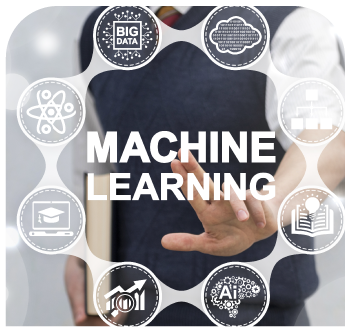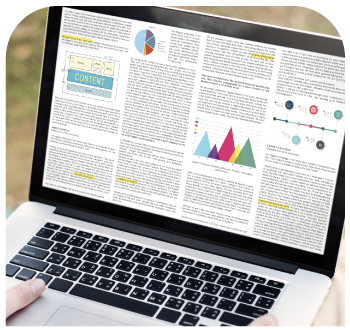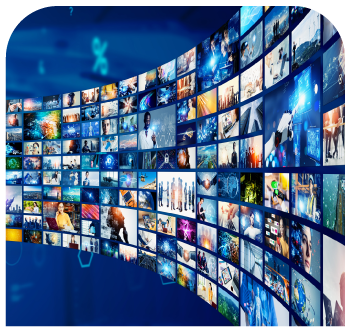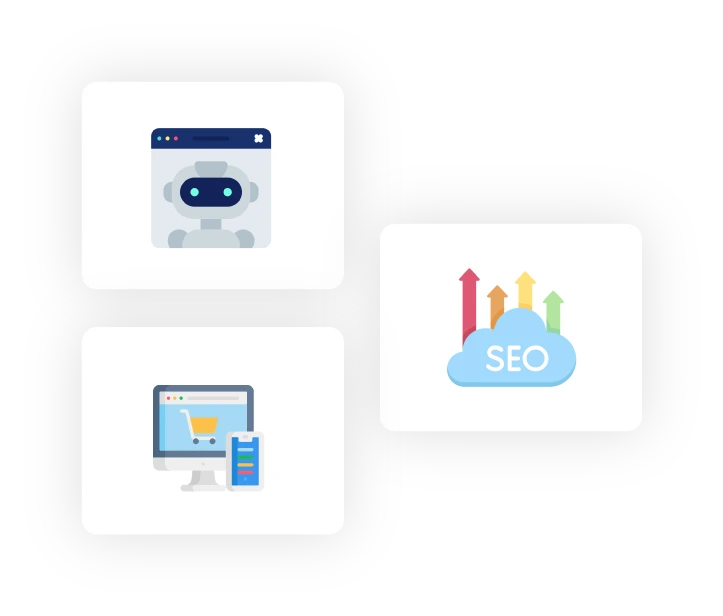Search-Optimized eCommerce Product
Content at the Speed of AI
eZdia Client List







Managed AI eCommerce Content
How it Works:
The Managed AI Solutions Process
- eZdia works with its client to develop a content style guide
- eZdia’s Managed AI platform incorporates the client style guide, product information, data collection, keyword research, image and customer reviews, and even competitive content to develop first-draft product and catalog content.
- Merchant centric eCommerce Content Editors review, rewrite, and QA all content providing a client accountability point in the AI and/or human production process.
- eZdia scales the process to the client’s requirements.
Typical eZdia Use Cases:
And much more… challenge us!
The ROI of AI
The best eCommerce merchants know that original product content is the only content with any SEO value and yet 90%+ of sites today simply use duplicative manufacturer-supplied product content. eZdia’s testing shows that replacing duplicative content can generate up to 65 times more revenue than products with duplicative content*.
Managed AI content costs less without any drop in content quality. A one-time investment in product content can pay off for years to come.

* eZdia created an A/B test for a leading technology products eCommerce site and then compared the improvement of products with Managed AI content against a control group of products left untouched. The incremental revenue was 65x higher than the control group.
Getting Started
Want to better understand the benefits of Managed AI?
Put eZdia to the test and request your free sample content. Simply provide eZdia with a few product and/or category pages and we’ll deliver samples that demonstrate the traffic and sales power of AI driven, optimized ecommerce content.

Retail & Marketplace
Product Catalog
Optimization

Data Set Review &
Annotation for Machine
Learning Website

Website & Marketplace
Content Strategy,
Taxonomy, Categorization

Automated Content
Auditing for over 100 Top
Retailers and Marketplaces

Missing Product Attribute
& Data Collection

A+/Rich Media &
Image Production








